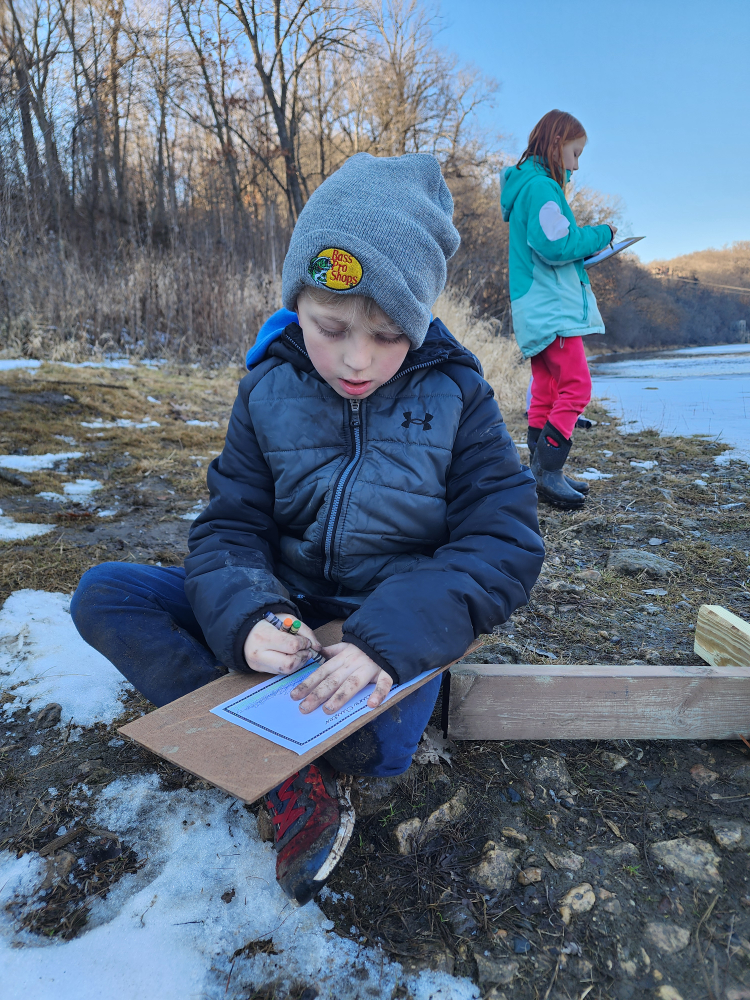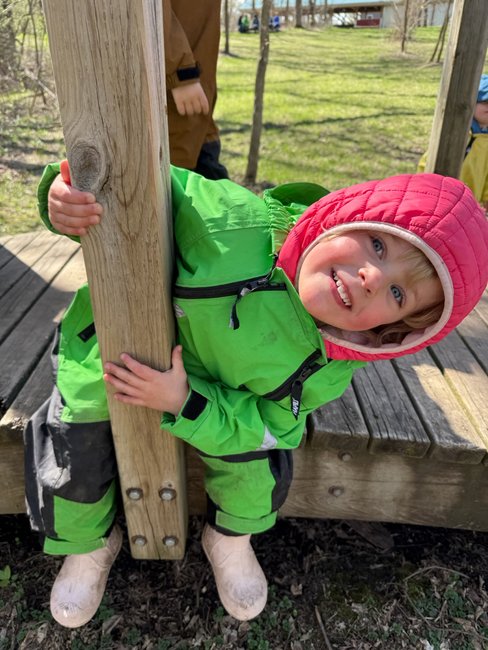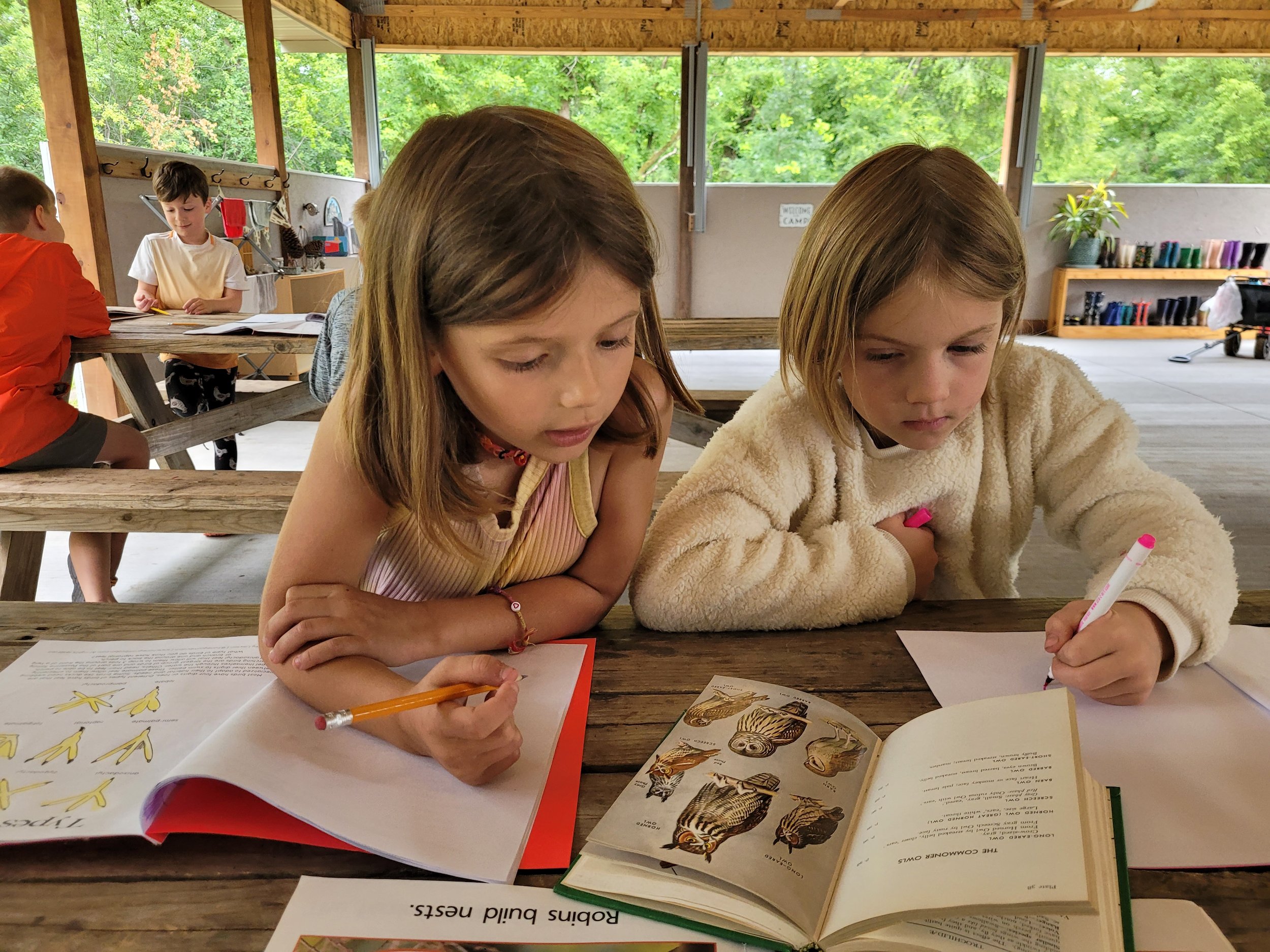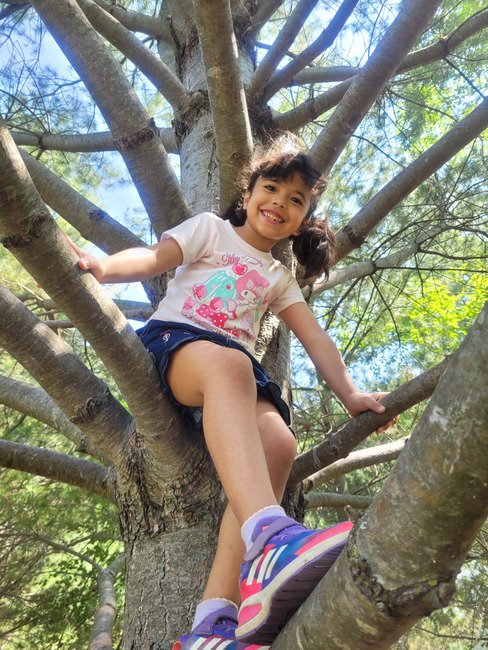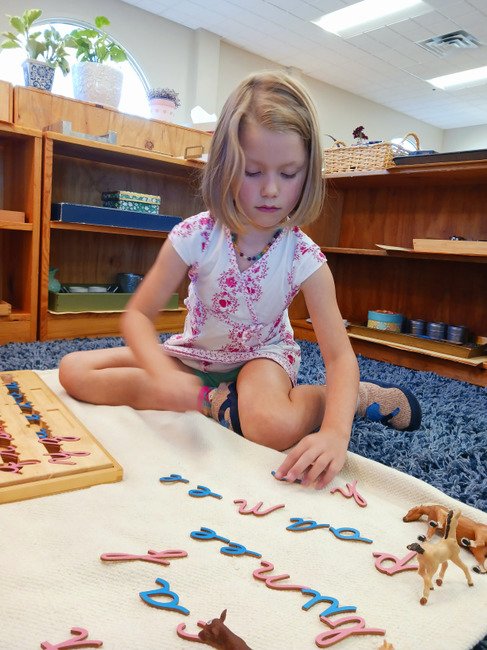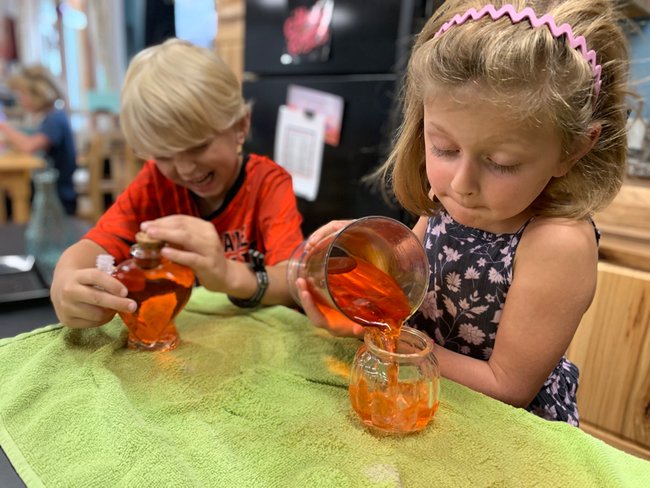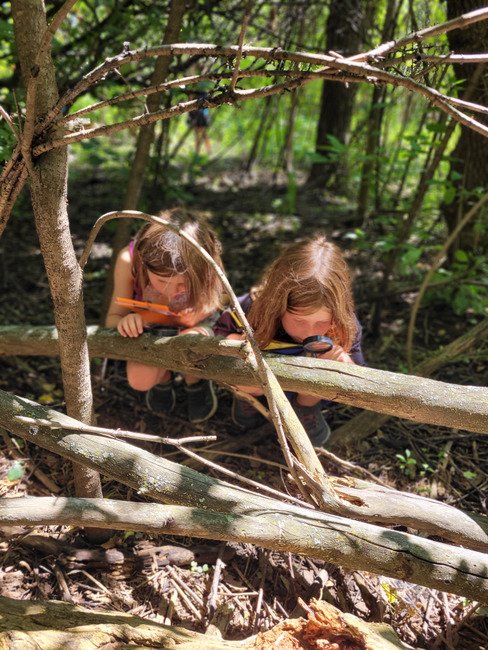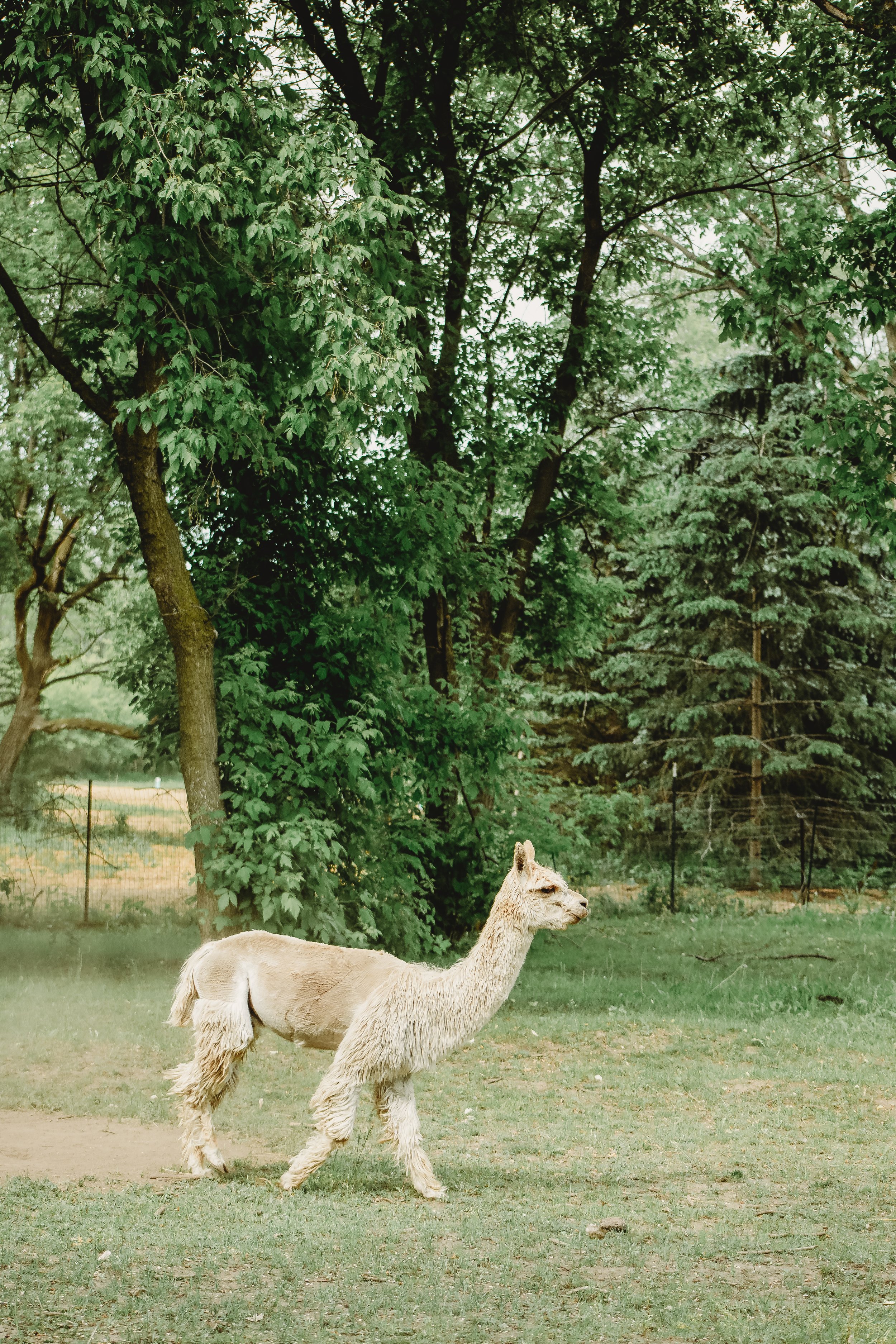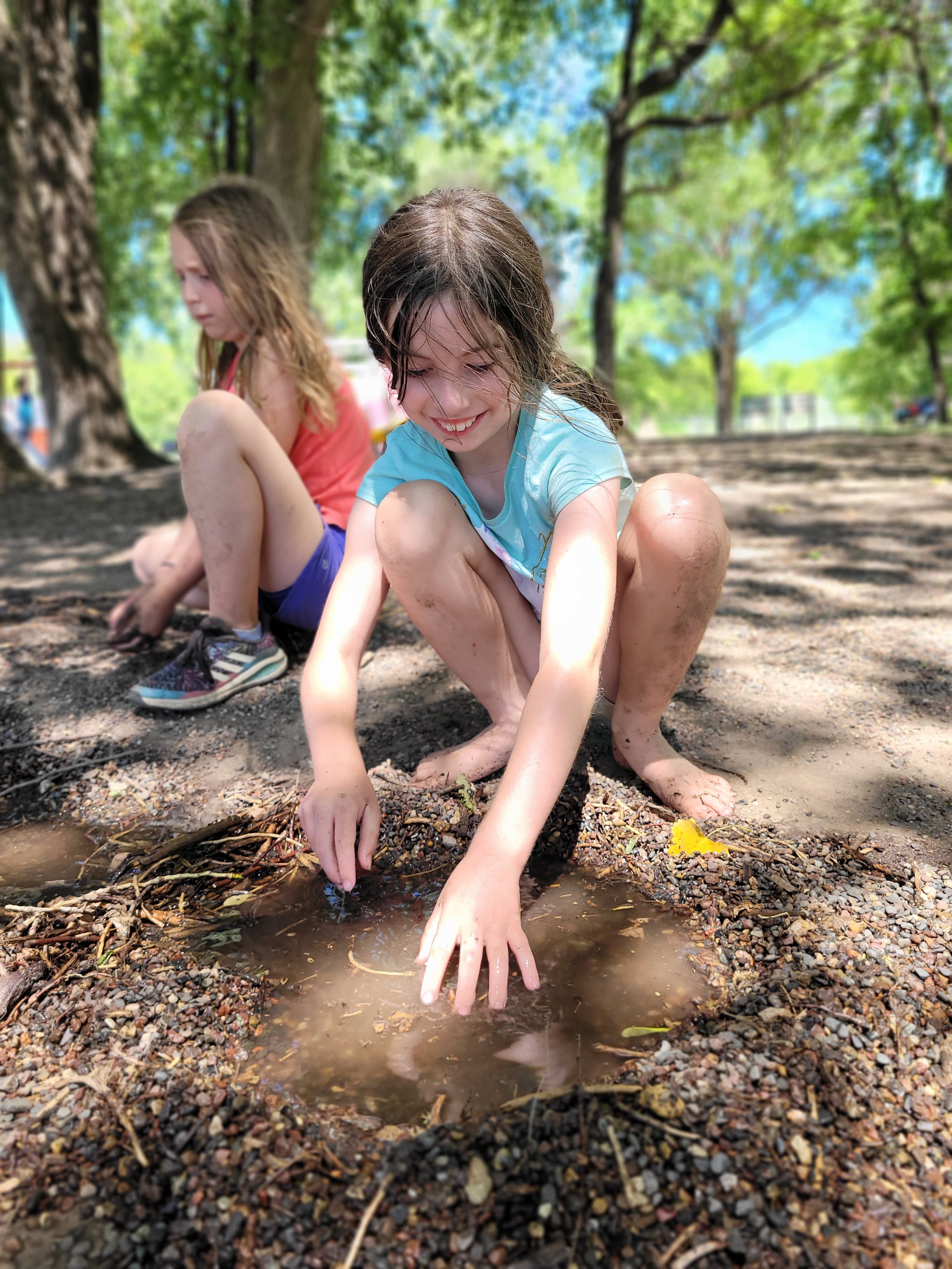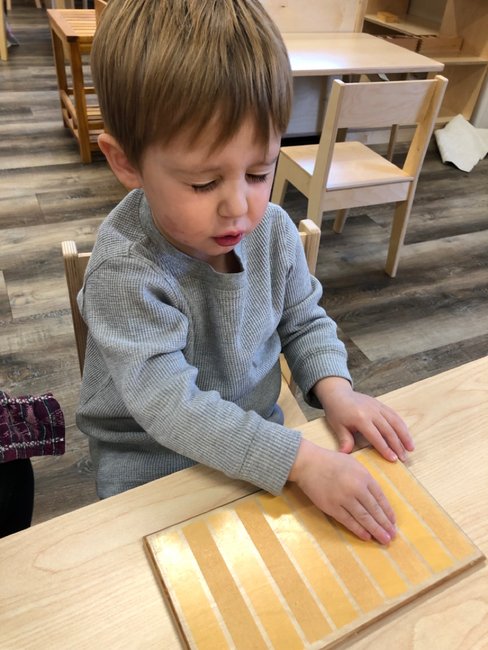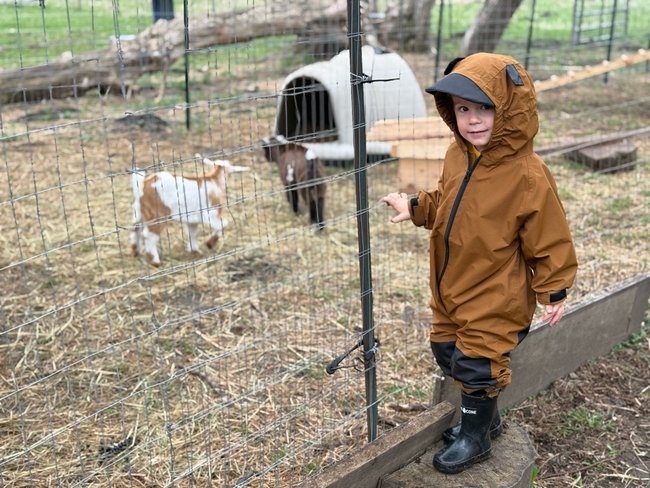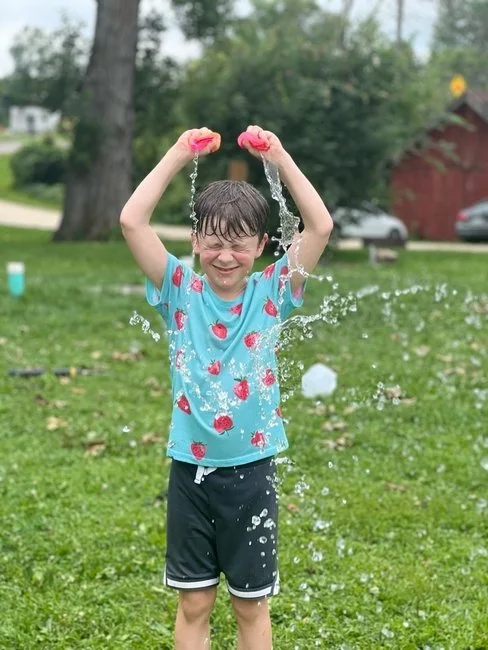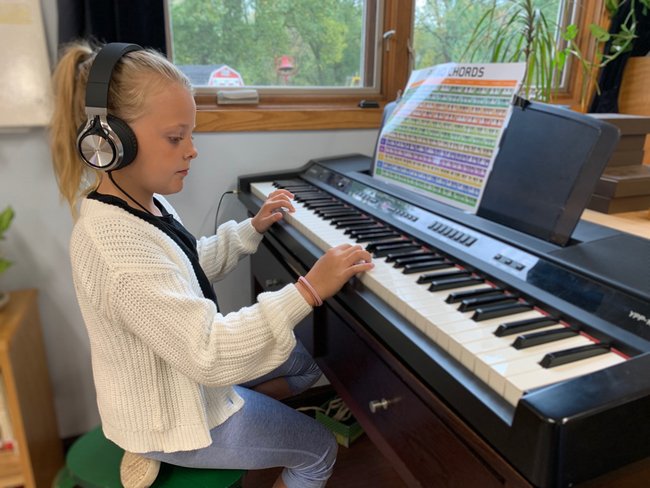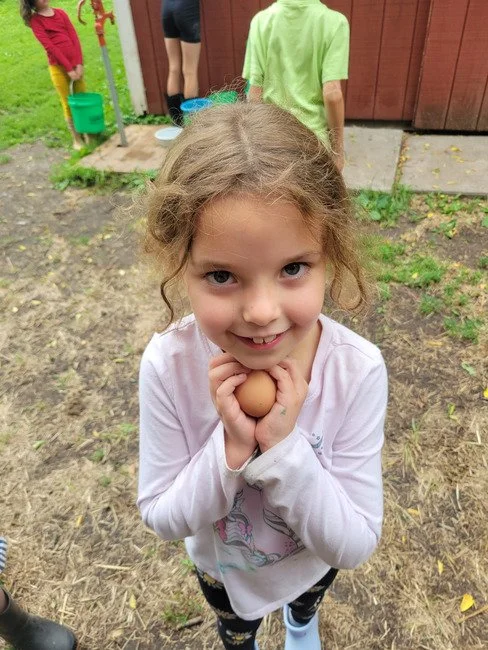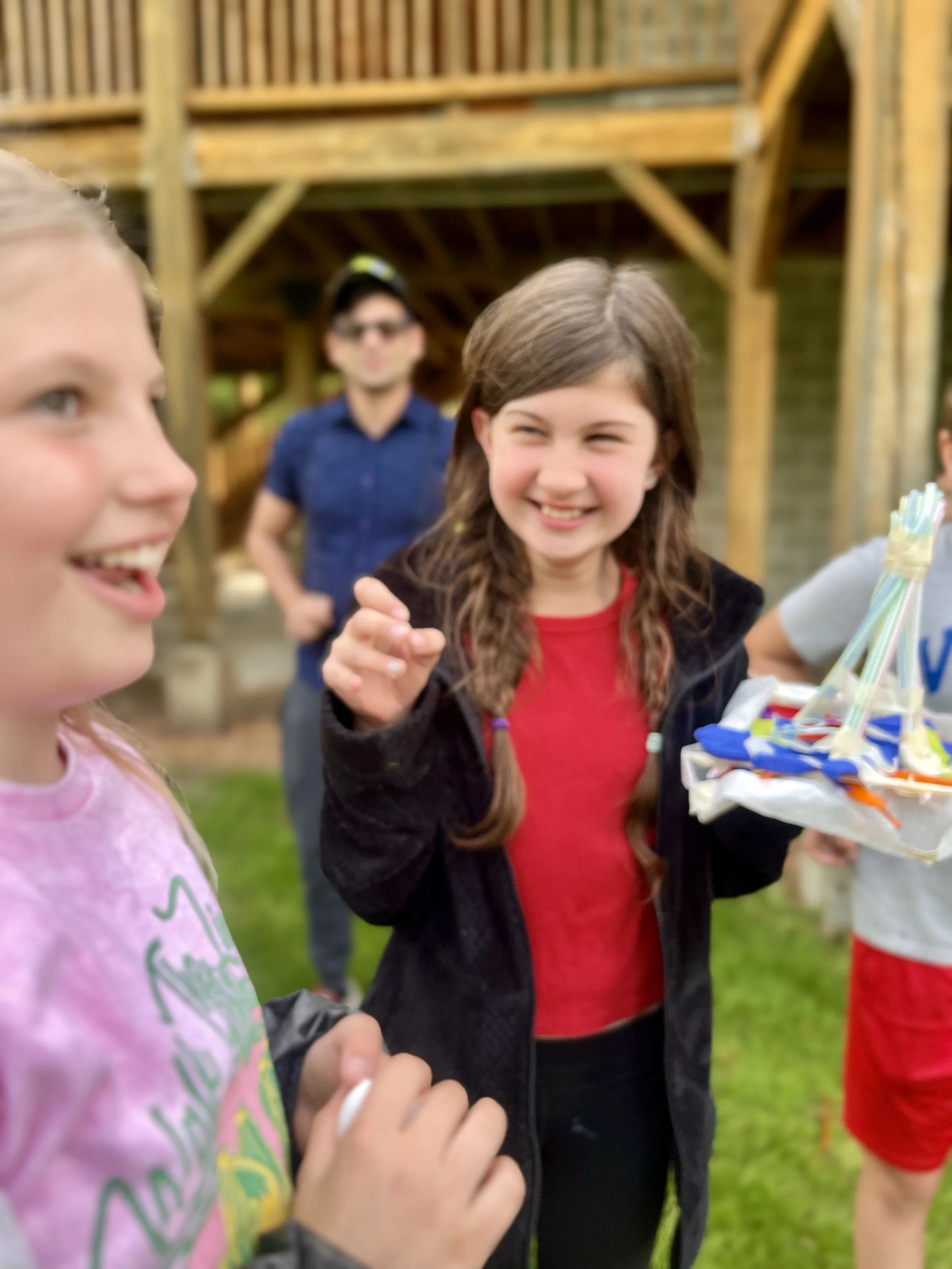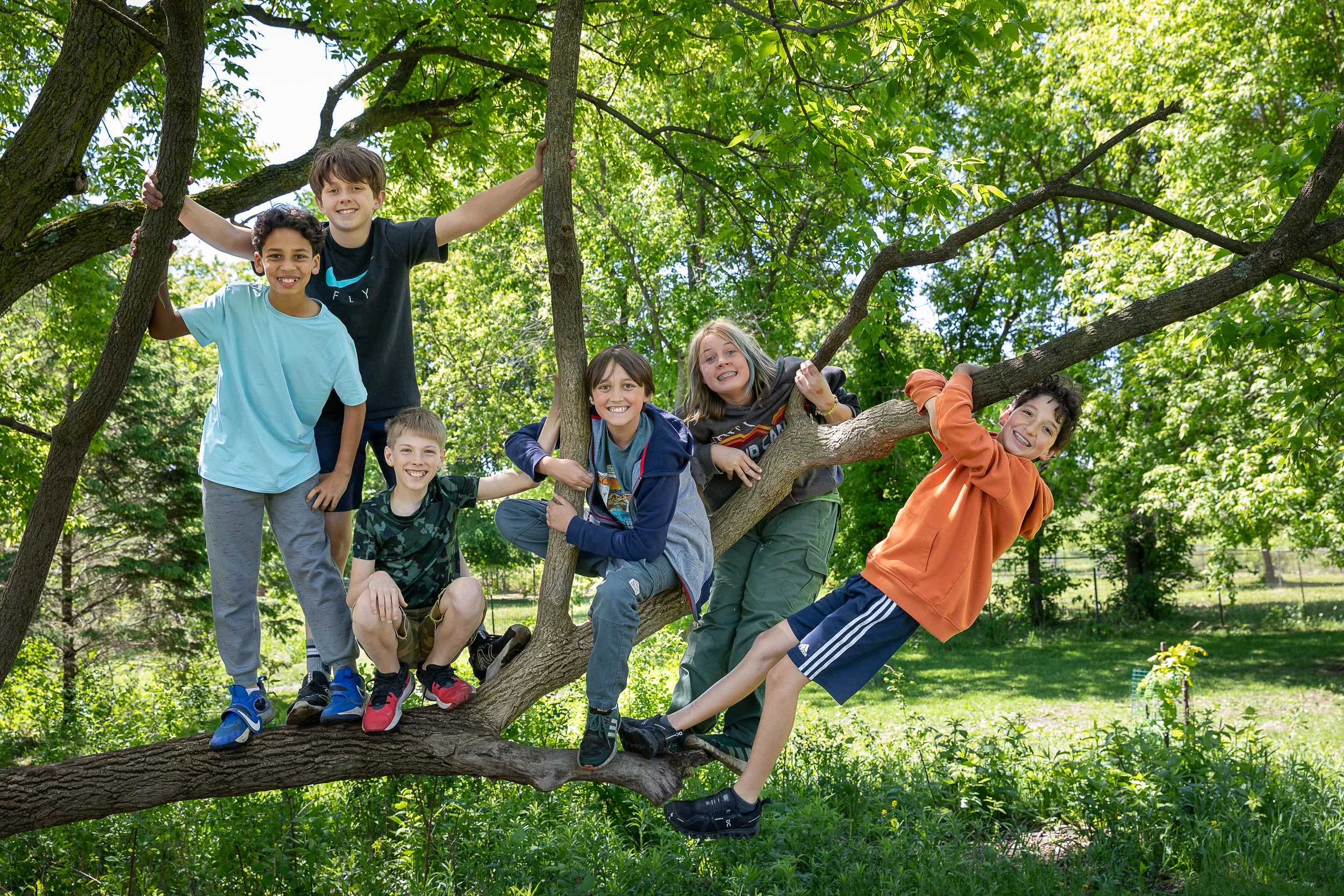At St. Croix Montessori School, learning goes beyond traditional education. Nestled on our expansive 17-acre campus in the heart of the St. Croix River Valley, we offer a different kind of school experience—one where education isn’t confined to a classroom but lived every day. From our hobby farm, where students experience firsthand the responsibility of caring for animals and the land, to our close partnership with the MN DNR School Forest, our community thrives on real-world learning and sustainable practices. Here, academic challenge meets authentic connection, empowering your child to grow with purpose, confidence, and a deep sense of responsibility for the world around them.



